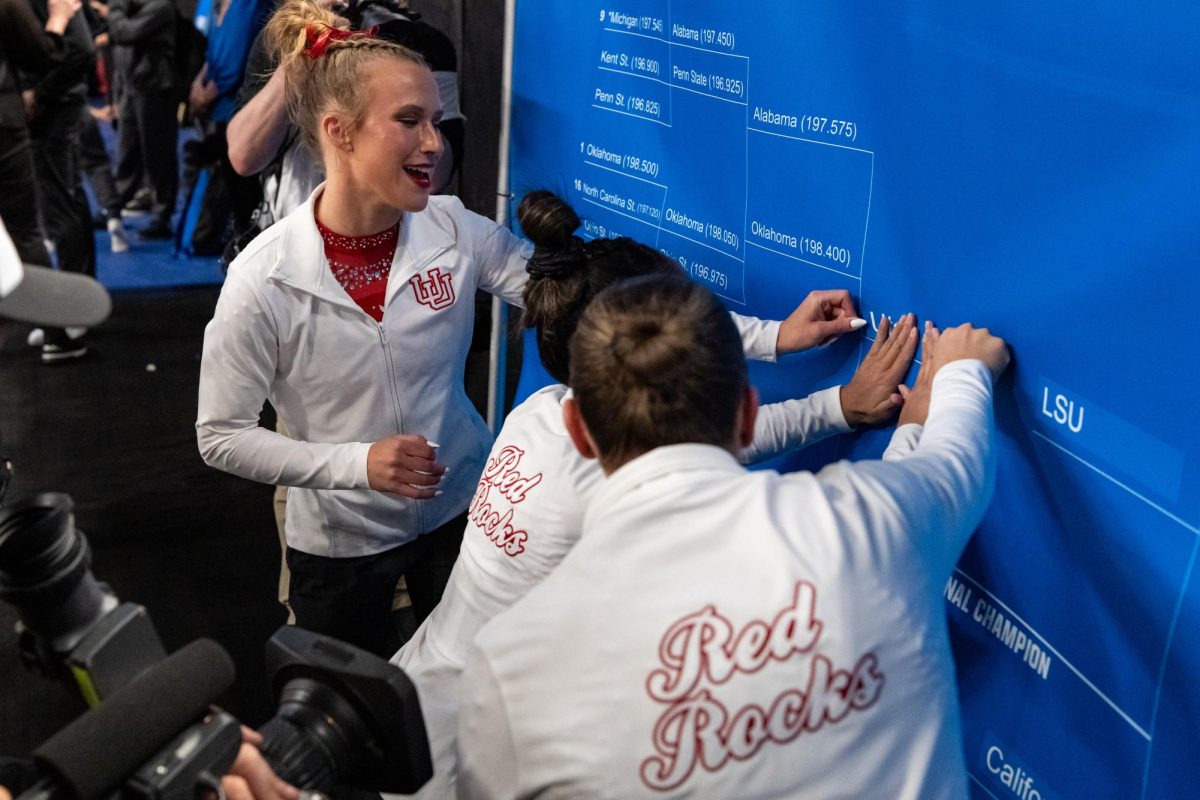The scientific journal Nature ranked the University of Utah No. 19 in the world on its Nature Index, which is a list of top institutions that produce expert research behind commercial goods and services.
The U earned its spot on the list because of the number of times its research was cited by third-party patents, which are patents not owned by the university. A patent is granted by the federal government as a way of conferring the often-exclusive right to producing or selling an invention or innovation. Nature focuses on third party patent citations because it shows that the institution is communicating its research effectively with outside groups, especially those involved in the commercial component of the relevant industry. Beyond earning the U recognition and a spot on the Nature Index, the university’s successful system for information transfer has contributed to prosperous commercialization.
In a press release, the U summarized the process of how Nature compiles the Nature Index. To the journal, research paper citations listed in patent applications are the best measure of the quality of research and its dissemination. Each institution’s number of citations was normalized against its overall research output in the natural sciences using Clarivate Analytics’ Web of Science, a source for uncovering high-quality research in institutions. Normalizing the data allowed the publication to fairly compare information transfer with research production. The data was compiled by the global facility Lens, which makes the innovation system more accessible to the public.
Receiving international recognition has been gratifying for the U, where faculty strives to have an impact on society while also looking for even the smallest innovative discoveries. Keith Marmer, executive director of technology and venture commercialization at the U, credits what he described as the amazing and dedicated faculty behind these research programs.
“It speaks to the caliber of the faculty that we have at the university,” Marmer said. “[They are] doing work in areas that are readily translated into commercial products or services or at least in an area that is unique enough and novel enough to qualify for patents. I also think it speaks to the culture that is so innovative that our faculty look to find these solutions in real world terms.”
There are currently a variety of ways that programs at the U have been able to achieve this kind of worldwide recognition and innovative research. With that in mind, Marmer emphasized that the goals for the future are to continue what they have been doing, which is to support, recruit and maintain the top-tier faculty the university has, along with investing in the resources that support and promote this kind of activity.
















